An Apple patent application published Thursday details a so-called "thin" portable hardware accessory that boasts the components necessary to act as a laptop surrogate for iPhones and iPads.
As published by the U.S. Patent and Trademark Office on Thursday, Apple's application for an "Electronic accessory device" describes the company's take on an oft-attempted, but never fully realized idea.
Specifically, the IP covers a "thin" accessory, a kind of "headless" device that contains traditional laptop hardware like a large display, physical keyboard, GPU, ports and more, but is incapable of functioning without a host. In this case, an iPhone or iPad would slot into the laptop-esque piece of kit to fill the role of CPU.
Aesthetically, Apple's proposed hardware would be akin to a MacBook, with aluminum mentioned as an ideal enclosure material.
While the accessory can take many forms, the document for the most part remains limited in scope to housings that mimic laptop form factors. In some embodiments, for example, the accessory includes a port shaped to accommodate a host iPhone or iPad. Located in the base portion, this slot might also incorporate a communications interface and a means of power transfer, perhaps Lightning or a Smart Connector.
Alternatively, a host device might transfer data and commands to the accessory via Wi-Fi, Bluetooth or other wireless protocol. Onboard memory modules would further extend an iOS device's capabilities. Though the document fails to delve into details, accessory memory would presumably allow an iPhone or iPad to write and read app data. In other cases, a secondary operating system or firmware might be installed to imitate a laptop environment or store laptop-ready versions of iOS apps.
In addition to crunching numbers, a host device might also double as a touch input. For example, an iPhone positioned below the accessory's keyboard can serve as the unit's multitouch touchpad, complete with Force Touch input and haptic feedback. Coincidentally, the surface area of a 5.5-inch iPhone 7 Plus is very similar to that of the enlarged trackpad on Apple's new MacBook Pro models.
Some embodiments also allow for the accessory to carry an internal GPU, helping a host device power the larger display or facilitate graphics rendering not possible on iPhone or iPad alone.
Since the accessory is technically powered by iOS, its built-in display is touch-capable, an oft-requested feature for Mac. Alternatively, certain embodiments have an iPad serving as the accessory's screen, with keyboard, memory, GPU and other operating guts located in the attached base portion. This latter design resembles a beefed up version of Apple's Smart Case for iPad.
Considering Apple's stance on portable computing, especially recent advertising campaigns touting iPad as a laptop replacement, it is highly unlikely that today's published application will make its way to market. That said, the invention suggests Apple is, or at least was, mulling an expansion of its iOS device lineup to a point that blurs the line between handheld device and laptop.
For now it seems the company is content with marketing two clearly delineated lines — iOS and Mac — as evidenced by this week's release of a new iPad model. Starting at $329, the 9.7-inch tablet features an A9 chip, non-laminated screen and only two storage allotments to target budget shoppers and first time buyers.
Apple's accessory laptop patent application was first filed for in September 2016 and credits Brett W. Degner as its inventor.
 Mikey Campbell
Mikey Campbell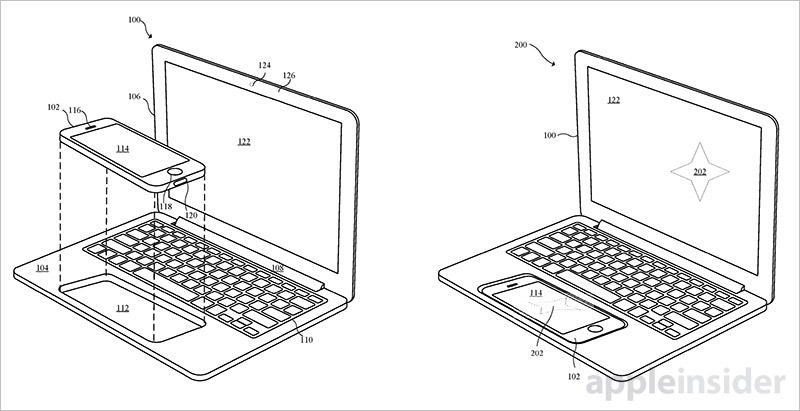








-m.jpg)





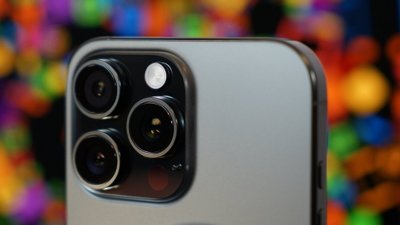
 Wesley Hilliard
Wesley Hilliard
 Christine McKee
Christine McKee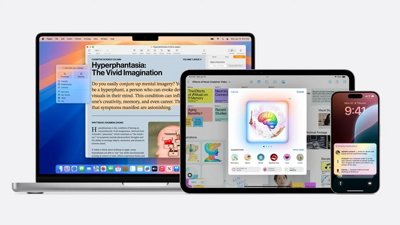
 Malcolm Owen
Malcolm Owen
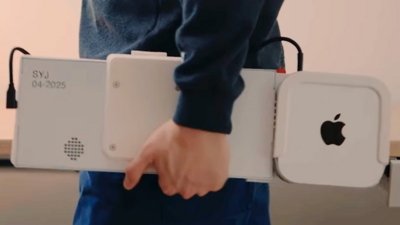
 William Gallagher
William Gallagher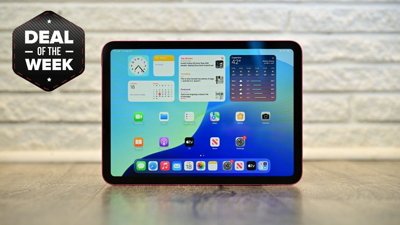
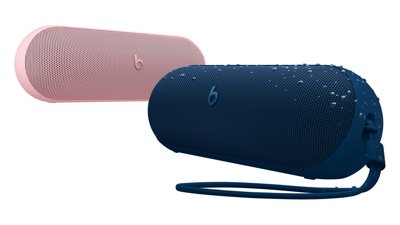

 Mike Wuerthele
Mike Wuerthele




-m.jpg)



70 Comments
Here is an idea: Why doesn't Apple just build touchscreens into their computers?
The iPhone docked one I understand, it's a keyboard case AND large screen for viewing content, the iPad one not so much - it's basically a keyboard case which there are plenty of arguably tidier options already, including from apple themselves.

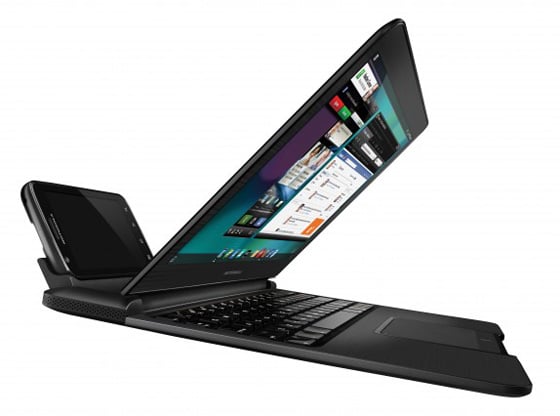
samsung had a very similar patent in 2015:
motorola actually released something similar (netbook powered by docked phone) in 2011 which bombed as usual:
Apple will never release a beast as this.
Apple is patenting it to prevent other companies from doing it.
They realized their phones are/will be so powerful they could be computers and can be used as them.
Apple wants to sell you two devices. They don't want you spending a bit less and getting the most out of your one device.
Apple should release an iOS based laptop. An iPad on hinge with keyboard, trackpad and battery in the base. Two models. The first would be a 9.7 budget model made with polycarbonate body (using plastics from the 5C) in multiple colors for kids/education. The second model would be a premium unit with 12.9 screen, trackpad, and keyboard with 360 degree hinge based on the iPad Pro including the Pencil support. This should weigh 1.9 pounds so that it can be held like iPad. iOS is the way to go with a laptop because there are over 500 million iOS Users who could use it easily. iOS just need s better File system support, trackpad (cursor) or mouse support , support for directly connecting printers to the laptop.